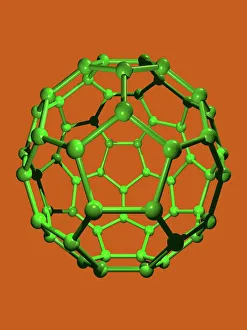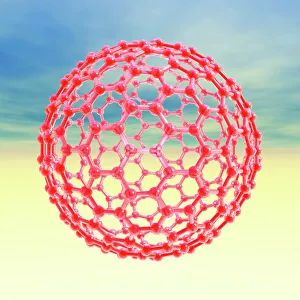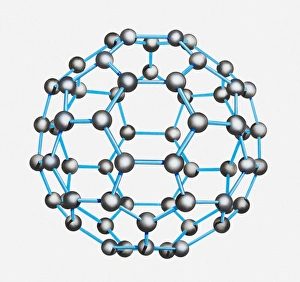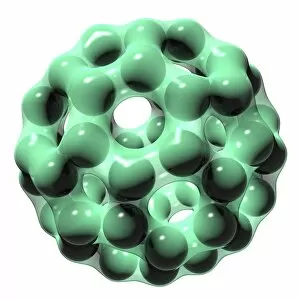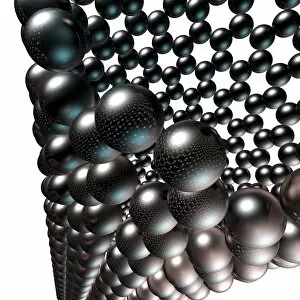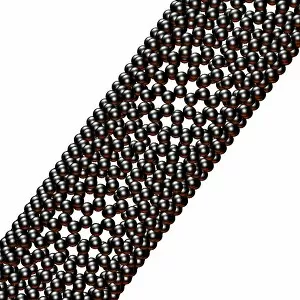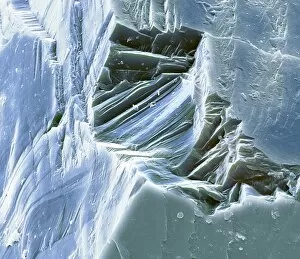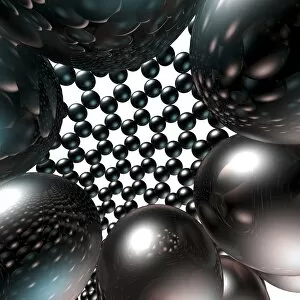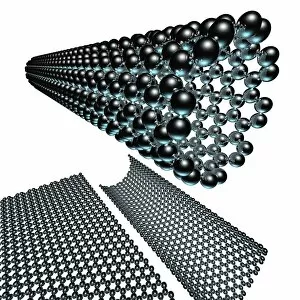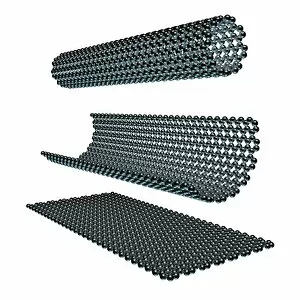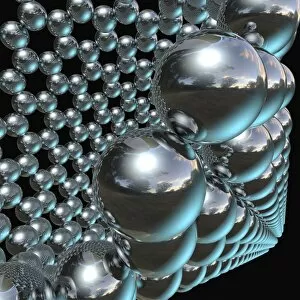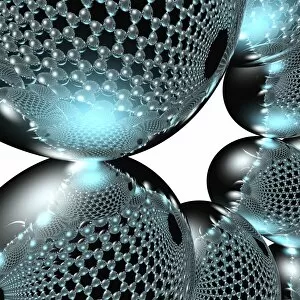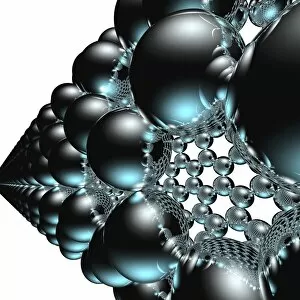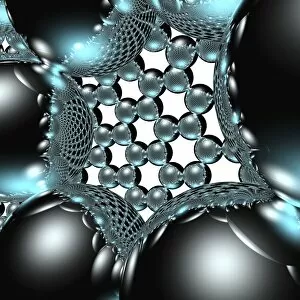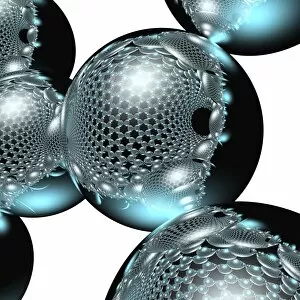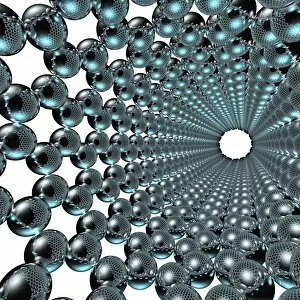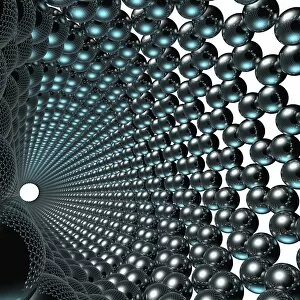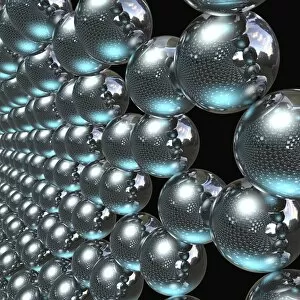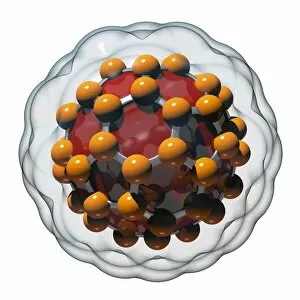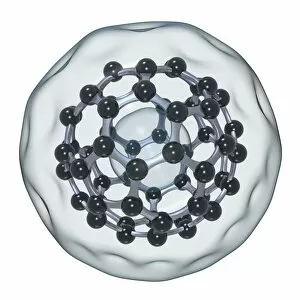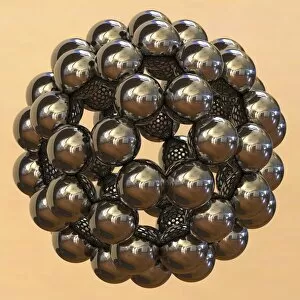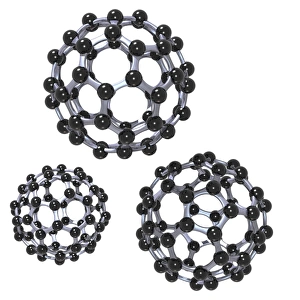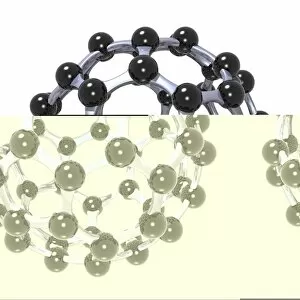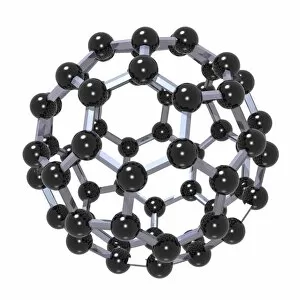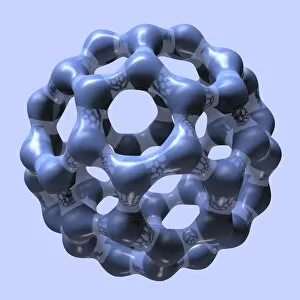Allotrope Collection
Allotrope, a term derived from the Greek words "allos" meaning other and "tropos" meaning manner or form, refers to different structural forms of an element
All Professionally Made to Order for Quick Shipping
Allotrope, a term derived from the Greek words "allos" meaning other and "tropos" meaning manner or form, refers to different structural forms of an element. Carbon, one of the most versatile elements in nature, exhibits various allotropes that have captivated scientists and researchers for decades. One such fascinating carbon the carbon nanotube. These cylindrical structures made up of rolled graphene sheets possess extraordinary properties due to their unique structure. With remarkable strength and electrical conductivity, carbon nanotubes hold immense potential in fields like electronics and materials science. Another intriguing the Buckminsterfullerene molecule, also known as a Buckyball. Named after R. Buckminster Fuller who popularized geodesic domes resembling its shape, this soccer ball-like molecule consists entirely of carbon atoms arranged in pentagons and hexagons. Its discovery opened new doors for nanotechnology research. Computer artwork depicting nanotube technology showcases how these tiny tubes can be utilized in various applications ranging from drug delivery systems to energy storage devices. Similarly, computer-generated illustrations of fullerene molecules highlight their intricate structure and potential uses in fields like medicine and material science. The journey into understanding these allotropes dates back centuries when Humphry Davy, an English chemist, first began exploring different forms of elements including carbon. His groundbreaking work laid the foundation for future discoveries regarding elemental variations. Illustrations showcasing the molecular structure of Buckminsterfullerene provide visual insights into its complex arrangement that has fascinated scientists worldwide since its discovery in 1985 by Richard Smalley's team at Rice University. Artwork featuring nanoparticles further emphasizes the diverse range of structures within allotropy. Nanoparticles exhibit unique properties due to their small size which allows them to interact differently with light or other substances compared to bulk materials. Studying different allotropes offers us a glimpse into the incredible versatility of elements like carbon.


